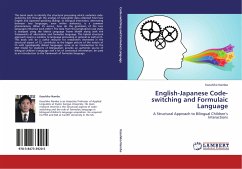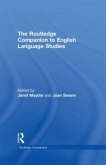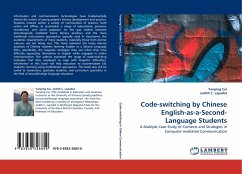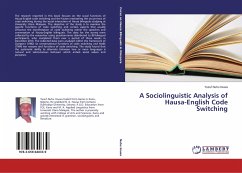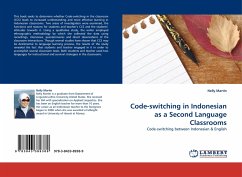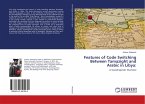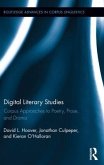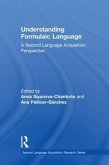This book seeks to identify the structural processing which underlies code-switching (CS) through the analysis of naturalistic data collected from two English and Japanese speaking siblings. In bilingual interaction, alternating between two languages, even within sentences, is a common phenomenon. When CS occurs, how do the grammars of the two languages influence each other? The data from this longitudinal case study is analyzed using the Matrix Language Frame Model along with the frameworks of alternation and formulaic language. This hybrid structural approach opens a window to language processing in general as well as CS. This book will: be a useful resource for researchers interested in the structural aspect of CS; contribute to the bigger picture of the nature of CS with typologically distant languages; serve as an introduction to the MLF model for students of bilingualism; provide an authentic source of bilingual children s language and a lot of contextual information; be used as an introduction to the framework of formulaic language.
Bitte wählen Sie Ihr Anliegen aus.
Rechnungen
Retourenschein anfordern
Bestellstatus
Storno

